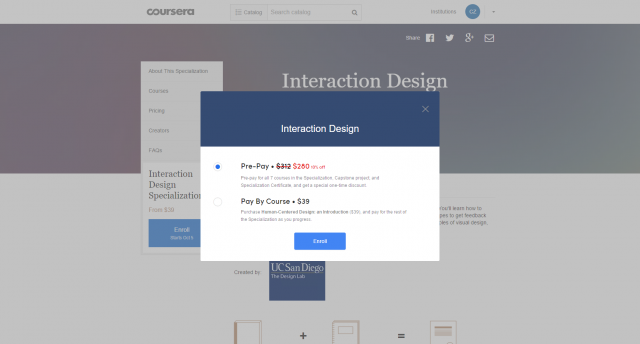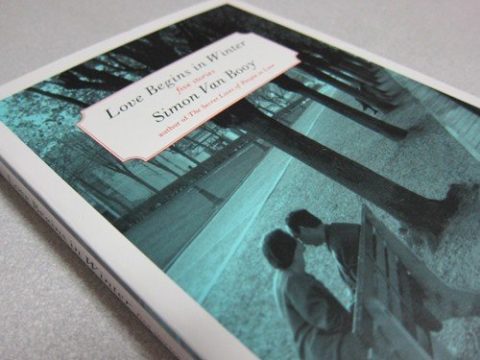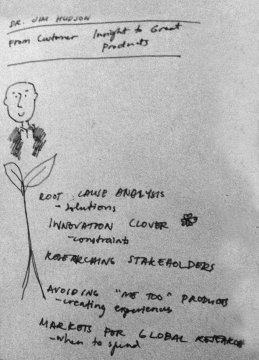Workshop by: Dave Malouf, @daveixd
If your story doesn’t engage, then you are probably failing at design.
- people = personas
- location = context
- props = interfaces
- activities = tasks
- dialog = flow/sequence
- experience – how we FEEL how to get things done
- engage emotional connection with voice/tone
- Tales with: purpose, meaning, value
- design to create change
Why Stories?
- Experiencing
- What it is like to be there
- bring story to 3D space –> experience surrounds us
- Stories frame; they’re intentional –> conveying the future with intention
- Suggested reading: “Understanding Comics” – deconstruction of comics/stories
- Suggested notebook: Muji Manga Notebook
- Games, stories, jokes: culturally embedded
Stories create Landmarks
- What it is
- why they’re doing something
- “Where were you when…?”
- If they don’t engage emotionally, they probably won’t engage
- Design things for the kind of emotion in a specific context when the product/interface is being used
Escape > Reflect
- Create a story that will allow me to understand myself
How do you create a story from scratch?
- Experience
- Hard Work
- Find your Voice
- Research
Actual experience is better: engage in the research!
Persona
- cluster of users -> similar behavioral patterns
- behaviors, attitudes, motivations are similar regardless of age, etc.
- Observe as much as you can
- Primary: direct target
- Secondary: will impact the primary persona
- Tertiary: not going to use it but are impacted by the system
- example of facets: lifestyle, relationships, entertainment, technology uses, goals, motivations
- be specific – humanize them
- Get writing – words for your process
- Get moving – improv: influence from the audience
suggested reading: Game Storming - Build it
interactions, especially in mobile, are embodied (physicality + digital experience)
for example: figuring out the right gestures (i.e. inserting a card or swiping – systems might not translate exactly the same way around the world)
Suggested reading: “See What I Mean” by Kevin Ching
Know Other Disciplines
- Realism
- Resonance – I can believe in your story and I can connect it with my life
- interest – the way you tell your story
- drama – key in on their motivations
- tell it in a way that engages them
- design serves that create feedback (empowering people)
Everything has a story
- stories help us become preventive instead of responsive
From Story to Design
Externalize and reflect culture
- find commonalities
- navigate
- cross-cultures
Stories frame Principles (how you describe your product/service)
- not guidelines or patterns
- qualities to make you different
Introduction to Parti Sandwich
Parti – central idea or concepts of a building
- Tech Opportunity
- Human Factor
- Marketing Trend
- Target group’s activities
- Scenario
Some guide questions:
- Did your persona stand up? or does the story map against the persona?
- Are the activities complete enough?
- Does the end of your story have a realistic happy ending?
Your Character
- Backstory
- Motivation
- End Goal
- Personality
- Interests
- Relationships
Plot
- enough explanation
- problem framed to engage
- problem well described
- resolved realistically
- clear vision of the future
Context
- artifacts
- space
- roles
- expectations
- culture
From Words to User Interface
Encode your UI
- chunk into scenes
- add nouns and verbs into place: objects, methods, parameters
- adjust screens based on appropriate density
Stories
creating a vision together
- Collaborate – include people in the research
- Come up with personas from data








Leave a Reply